by Miranda Paul
Miranda Paul teaches both English and Spanish in Green Bay, Wisconsin. She holds a BA in English and Education from St. Mary’s College of Maryland where she helped launch a student-teacher exchange program in Gambia, West Africa. In her spare time, Miranda is a freelance writer for the University of Southern California’s Masters in Teaching online degree program.
When I began student teaching eight years ago, I didn’t belong to any social media sites. But in less than a year I learned an important lesson: Social media saves students. That first year I had one particularly challenging class among my 9th and 11th graders. The class was difficult because many students were too shy or intimidated to share their opinions. I did my best to encourage them, offering prizes for speaking up, etc., but by the end of my student teaching, only a handful of the most outgoing students had expressed how much they enjoyed my unit on poetry.
I felt I really hadn’t reached all of my students and that I had failed. Then one day, the following summer, I opened a heartfelt three-page email from a former student who rarely spoke in class. She described how, during the school year she had contemplated suicide, but poetry helped her through tough times. She was grateful for a handout I’d given in class, listing poetry forums where kids could post their words online. On those social media sites, she found friends and the confidence to discuss many issues. Her last line summed it up: Poetry saved her life and I had introduced her to poetry. That was powerful. A student who seemed afraid to talk in class wasn’t scared of publishing her words for all to see. Social media had saved a student’s life.
When I landed my first teaching position, I tried to include every technology available to me that would help me reach all of my students academically and developmentally. Student work was scanned and written about on blogs. Both parents and students had my e-mail address on the first day of school. By the next year, I had several students writing their own blogs. Several parents were skeptical – but others were enthusiastic about their child’s increased participation.
Social media is the new language of kids. If we want to reach them, we need to speak their language. But it’s equally important to make ourselves available on their platform so that they are able to reach us. Last week, I spoke to a group of 7th and 8th grade girls about some charity work I do in a small African country. After the presentation, the girls were eager to help with the project. “Are you on Twitter?” one girl asked, pulling out a phone, ready to type. The school day was technically over and parents were ready to leave, but the girls wanted to continue learning and social media would help them do it. I directed her to Facebook (I’m not yet on the Twitter bandwagon…). Because they had a way to reach me, within a few days, my charity more than doubled its Facebook fans.
I’m not the only teacher, student or parent who believes in the power of social media to connect and empower us all. Recent articles in The New York Times provide more convincing evidence of the growing educational and emotional power of social media. I loved reading about how Iowa English teacher Erin Olson used technology like Twitter to increase classroom discussion participation by more than 25%. In another story, retired history teacher Bill Chemerka discovered his impact on students when he found a Facebook fan page called the “Mr. Chemerka Fan Club,” with more than 450 members. Alye Pollack’s YouTube video is yet another example of how social media was the only way Alye felt confident enough to speak up about the issue of being bullied.
Based on my experiences and that of others, I’ll keep social media in mind as I prepare to teach summer courses (I’ve actually requested to teach one of my courses in a computer lab). Of course, as the traditional English teacher I am, I’ll also be bringing plenty of pencils and paper.




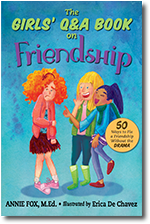
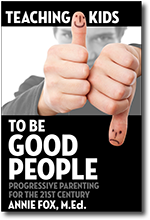
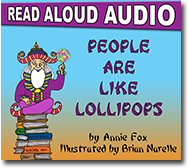
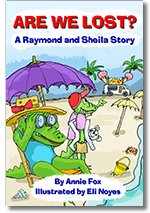
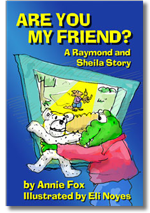



Social media is an important way to connect with kids in our community. While I’ve used SMS, Twitter and Facebook to interact with teens during presentations, the biggest value to FB has been connecting with kids with marginal self-esteem and social confidence — including a timely approach to a teen contemplating self-harm.
My wife is returning to the high school classroom soon. We’re already discussing the addition of personal branding, a course web site and virtual office hours to her basket.
Our 9th grader is branching out, too. Publishing her writing online and discussing her favorite books with peers.
To communicate we have to be where the kids are. Keep it up!
Michael
Comment by J. Michael Thurman — June 11, 2011 @ 5:52 am